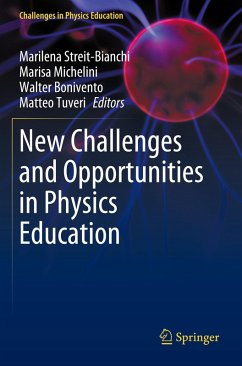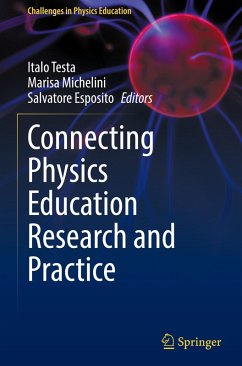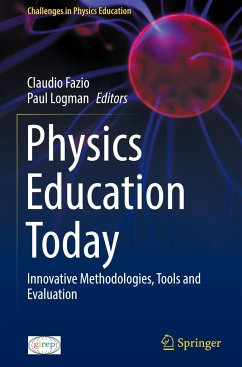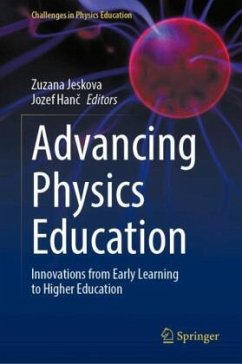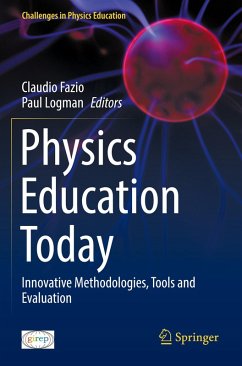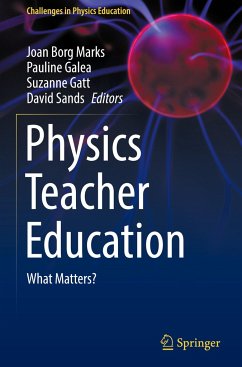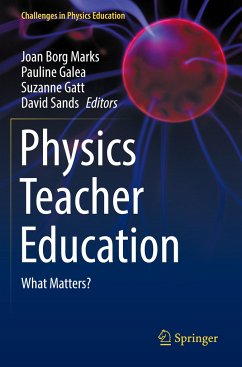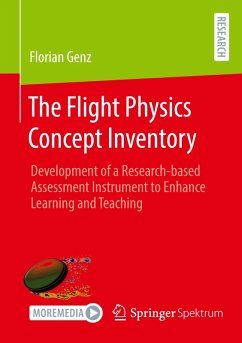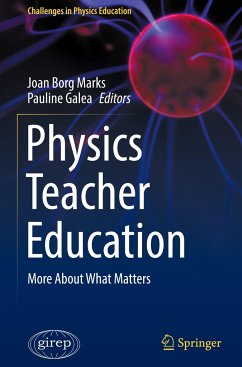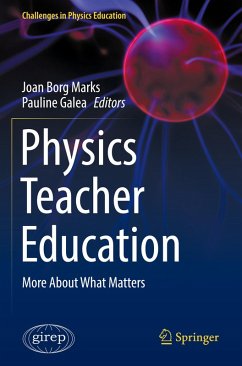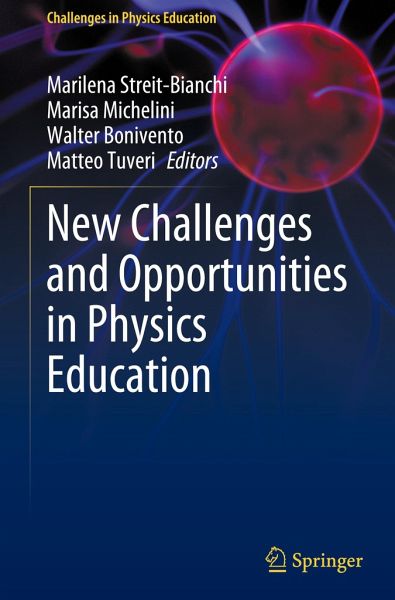
New Challenges and Opportunities in Physics Education
Versandkostenfrei!
Sofort lieferbar
91,99 €
inkl. MwSt.

PAYBACK Punkte
46 °P sammeln!
This book is invaluable for teachers and students in high school and junior college who struggle to understand the principles of modern physics and incorporate scientific methods in their lessons. It provides interactive and multidisciplinary approaches that will help prepare present and future generations to face the technological and social challenges they will face. Rather than using a unidirectional didactic approach, the authors - scientists, philosophers, communication experts, science historians and science education innovators - divide the book into two parts; the first part, "Communic...
This book is invaluable for teachers and students in high school and junior college who struggle to understand the principles of modern physics and incorporate scientific methods in their lessons. It provides interactive and multidisciplinary approaches that will help prepare present and future generations to face the technological and social challenges they will face. Rather than using a unidirectional didactic approach, the authors - scientists, philosophers, communication experts, science historians and science education innovators - divide the book into two parts; the first part, "Communicating Contemporary Physics", examines how new physics developments affect modern culture, while the second part, "Digital Challenges for Physics Learning", covers physics education research using ICT, plus the experiences of classroom teachers and a range of ideas and projects to innovate physics and STEM teaching.



